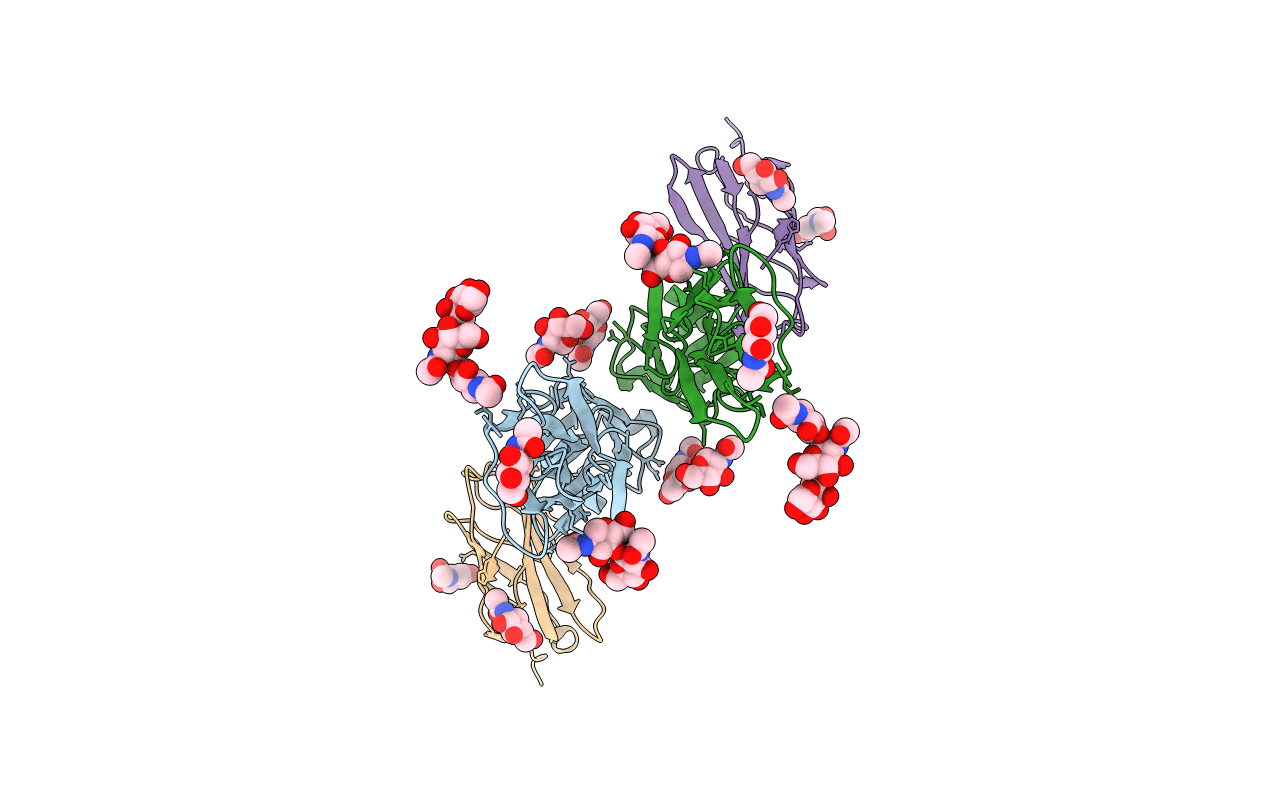
Deposition Date
2001-03-14
Release Date
2001-04-04
Last Version Date
2024-11-20
Method Details:
Experimental Method:
Resolution:
3.00 Å
R-Value Free:
0.25
R-Value Work:
0.22
R-Value Observed:
0.22
Space Group:
C 2 2 21


